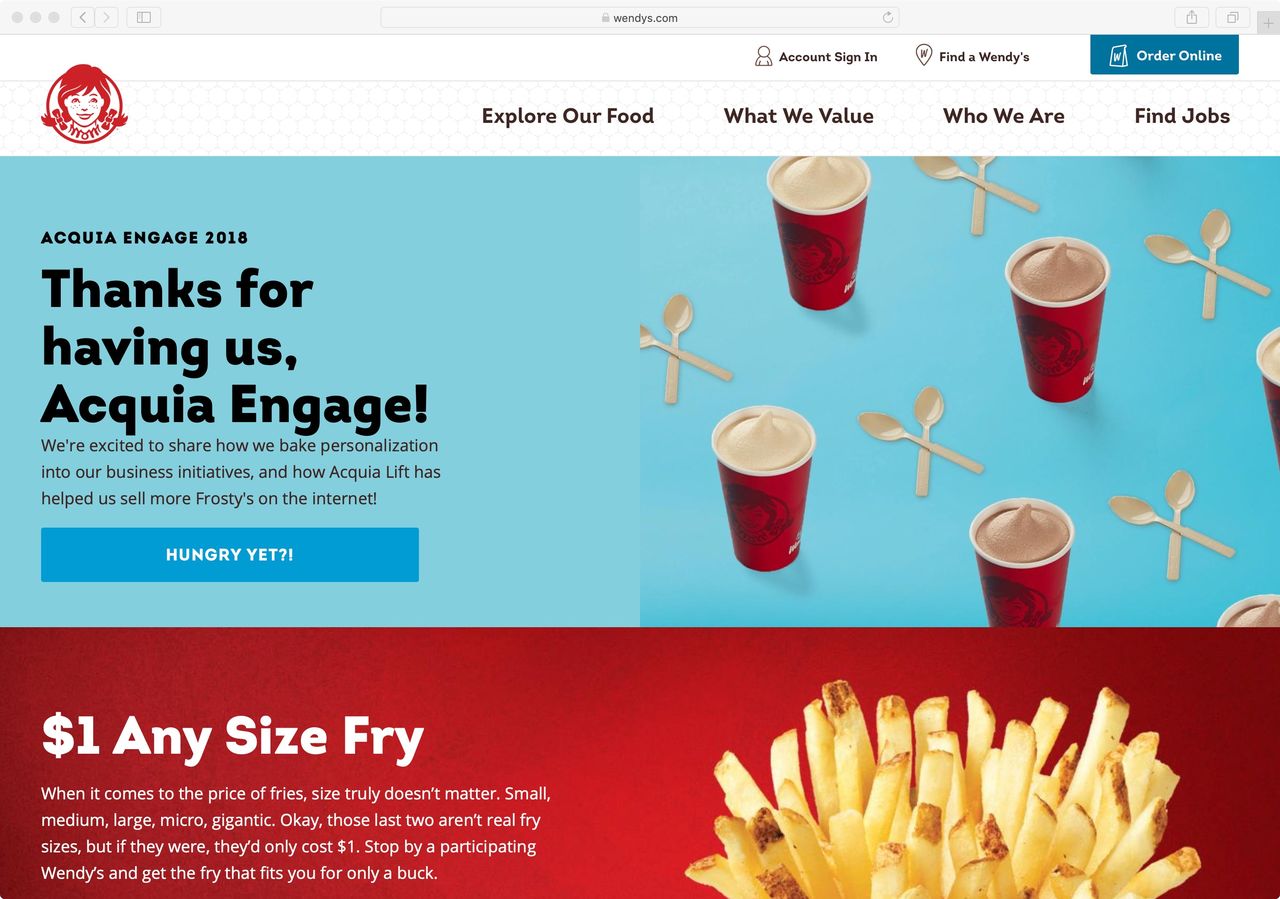 LinkedIn has recently released a guide that provides practical steps and tactics to prepare for the deprecation of third-party cookies. With regulatory changes and reduced identifiers, this guide aims to help advertisers and brands meet the demand for personalized ad experiences in a cookieless world.
LinkedIn has recently released a guide that provides practical steps and tactics to prepare for the deprecation of third-party cookies. With regulatory changes and reduced identifiers, this guide aims to help advertisers and brands meet the demand for personalized ad experiences in a cookieless world.
The first recommendation from LinkedIn is to create a robust first-party data strategy. This involves utilizing LinkedIn’s Audience Targeting tools, such as Audience Insights and Matched Audiences, to collect and use first-party data effectively. The platform also emphasizes the importance of building audience trust through clear and transparent messaging about the data value exchange, as well as providing opt-in and opt-out options.
Embracing AI is another key recommendation from LinkedIn. The platform suggests trying new technologies, like its Predictive Audience tool, which utilizes AI and ML capabilities to create custom high-intent audience segments. While human oversight is essential, AI can enhance targeting and personalization, provide predictive analytics, optimize campaigns in real-time, and personalize ads based on behavior and preferences.
LinkedIn also advises reevaluating reporting strategies in the absence of third-party cookies. This includes moving away from last-click attribution and collaborating with Sales and Finance departments to identify more meaningful metrics. Leveraging CRM data through tools like the Revenue Attribution Report can help connect marketing efforts with sales success. Additionally, using first-party Conversion Tracking provides insights into post-click and view-through conversions for measuring ad impact and ROI.
Testing, learning, and adapting are crucial in a cookieless future, according to LinkedIn. Advertisers should not assume that what worked in the past will continue to work. Optimizing campaigns through testing and learning can reduce costs and improve performance. LinkedIn recommends evaluating campaign performance comprehensively, including its impact on brand health metrics. Brand lift testing, setting baselines, and conducting A/B tests can provide valuable insights for improved performance, ROI, and brand effectiveness.
Lastly, LinkedIn advises working with a LinkedIn marketing partner to level up and implement resilient data and solutions. The platform has partnered with solution and service providers who specialize in areas like predictive audiences and revenue attribution. By investing in these partnerships now, advertisers can ensure optimal performance across the marketing funnel amidst privacy changes.
Brandon Johnson, Senior Marketing Manager at LinkedIn, emphasizes the importance of investing in data and solutions that are resilient to privacy changes. With Gartner estimating that 75% of the global population will have their personal data covered by privacy regulations by 2024, taking proactive steps now can help maximize performance across the marketing funnel.
In conclusion, LinkedIn’s guide provides actionable steps for advertisers and brands to navigate the deprecation of third-party cookies. From creating a robust first-party data strategy to embracing AI, reevaluating reporting strategies, and testing campaigns, LinkedIn offers valuable insights to help marketers thrive in a cookieless world. Working with LinkedIn marketing partners can also provide practical solutions and case studies for implementing resilient data and solutions. By following these steps, advertisers can adapt to privacy changes and ensure optimal performance in their marketing efforts.
